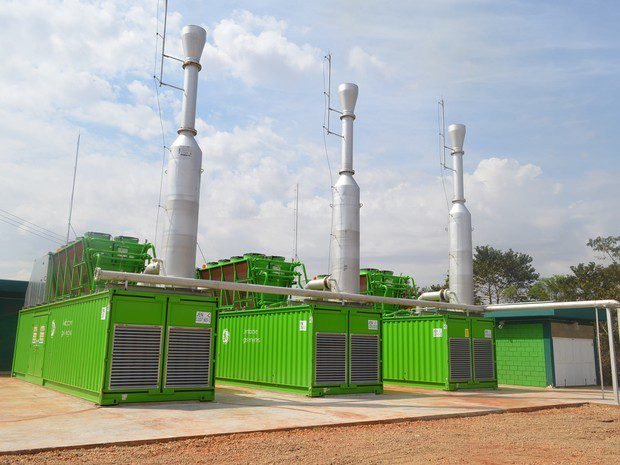Biomass is the material from decomposition of organic waste like remains of animals, plants and food, agricultural waste, etc. But fossil fuels are not included. This post will explain how to generate energy from biomass.
Why biomass?
Energy by biomass is renewable and complements other alternative sources of energy. Remains of plants and animals, byproducts of food production and processing, organic solid waste and garbage in landfill are abundant, therefore, can be energy source. The generation of energy from garbage is a type of biomass, to see how to convert trash in energy click here.
 Energy from garbageClick here
Energy from garbageClick here
Biomass power plant
A biomass power plant works similar to a thermoelectric. The heat boils a water in a boiler whose steam moves a turbine, after that the steam goes to a condenser to be cooled and used again.
Methods of energy generation
The method of combustion simply burns the organic material to energy generation. Similar to combustion of garbage to generate energy.

In gasification, the organic material is burned with a quantity of oxygen inferior to the needed to combustion (35% to 40%), to produce a gas to be burned to energy generation or synthesis gas to fuel generation. This gas is a mix of carbon monoxide, hydrogen, methane, nitrogen and carbon dioxide. There are many methods of gasification and this is an example of gasification reactor by air stream.

In this method, the process from above to below are drying, pyrolysis (burn without oxygen), reduction (gasification) and oxidation or combustion. The moist and hot air come from below and ashes are results of combustion.
In the fermentation, anaerobic bacteria disintegrate organic waste to produce methane and carbon dioxide to generate energy. The resulting gas is called biogas which needs to be purified to be burned and used as energy source.

This is a biodigestor example, the mix of sludge with water and waste produce the biogas.

The biogas needs to be purified to remove hydrogen sulfide (H_{2}S) and increase the engine’s useful life. The purifiers put a sodium carbonate solution (Na_{2}CO_{3}). The carbon dioxide is filtered.




